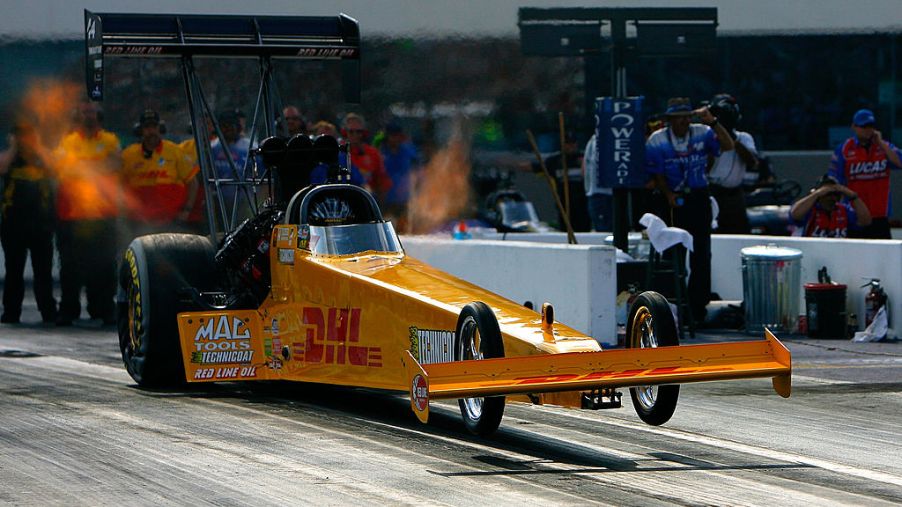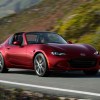
This Is How Much Fuel Each Cylinder of a Drag Car Engine Uses
Drag racing ranks among the most exhilarating automotive sports and dragsters are among the fastest vehicles in the world. While it takes years of training and dedication to learn to drive one of these supercars, fans can soak in the excitement when they watch trackside at drag racing event.
If you have ever had a chance to witness a dragster in action, you’ve had a chance to get up close and personal with the awe-inspiring output and raw power produced by these vehicles. Even the amount of fuel required to power these cars is nothing short of incredible.
Drag racing history and regulations
The history of drag racing can nearly be traced back to the origins of the first motorized vehicles in the early 20th century. As soon as drivers realized the speed and thrills that motorized transportation had to offer, enthusiasts began souping up their vehicles and testing out their capabilities on the streets.
However, with the fun of drag racing also came dangerous conditions and deadly accidents. Decades after the first drag racers hit the streets, the National Hot Rod Association (NHRA) stepped in to help regulate the sport and ensure that participation was safe for drivers and spectators, alike.
Today, the NHRA has placed restrictions on the types of vehicles and modifications used, as well as the track length that is used during competitions.
Through its diligent safety measures, the NHRA has helped drag racing become a safer sport that is gaining increasing recognition from automotive enthusiasts outside of the sport.
Increased safety initiatives, however, have not put the brakes on incredible innovations and outstanding achievements from top drag racers and the skilled mechanics who design and fine-tune their vehicles.
Fuel consumption by cylinder
It goes without saying that dragsters are fast–incredibly fast. On average, a top fuel dragster will hit 100 miles per hour in less than a second. In comparison, the Porsche 911 Spyder, which is billed as the fastest production car on the planet, achieves 60 miles per hour in 2.2 seconds. In order to achieve its earth-shattering speeds and continue accelerating at 300+ miles per hour, dragsters are engineered with fuel consumption technology that is unlike anything you will find on a traditionally manufactured vehicle.
When you watch a drag racer’s fuel cylinder in action, you can see huge volumes of fuel being pushed out as the vehicle moves from idle to full throttle. Once the vehicle reaches full throttle, it will eat up to 1.5 gallons of fuel every second.
As a result, the drag racer achieves a shocking 7,000 to 8,000 horsepower rating when it reaches its full capacity. Rather than gassing up on regular fuel, drag cars use a mixture of high nitromethane, which vastly reduces the amount of oxygen that is running through the engine at such high speeds.
Acceleration and supercharger safety
Drag racers push their vehicles, and themselves, to the utmost limits of what can be achieved through modern engine and supercharger technology. Once a dragster reaches top speeds, it must be able to withstand forces of up to 8 Gs.
By contrast, the world’s fastest production supercars have been measured with up to 1.5 Gs of force at its top speeds. To compensate for the incredible forces being placed on the body of the vehicle, drag cars are equipped with incredibly aerodynamic front and rear clips.
Despite precautions, however, dragsters have been known to explode, endangering both drivers and spectators. For perspective, it is commonly recognized that drag car engines will fail up to 20% of the time.
Unlike traditional passenger cars, which are equipped with seatbelts, airbags, and other standard safety features, dragsters must be outfitted with unique safety equipment that houses the supercharger, clutch, and other features that are exposed to extreme amounts of stress during a race.
With careful regulation and support from the NHRA and other governing bodies of the sport, drag racing continues to push the limits of speed and acceleration, while keeping its drivers and enthusiasts safe.


